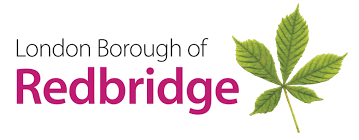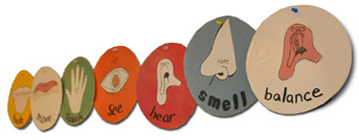If your child’s teacher has identified Speech, Language and / or communication as an area of development for them, it is essential you engage with them at home (these methods will benefit ALL children).
Below are some ideas from childmind.org to frame your conversations with your child (while this says it is for toddlers, this is good practise for all children all the way up to KS2!)
- Imitate: If your daughter is making noises (babbling), making another sound in play, or even banging a spoon, you can do that too. Imitating children’s sounds, words, and actions shows them that they’re being heard and that you approve of what they’re doing or saying. It also promotes turn taking and, best of all, encourages them to imitate you and your more complex language utterances.
- Interpret: If your son is pointing to the apple juice that he wants to drink, he is communicating with you. Take this to the next level by interpreting what he is trying to say. Respond with, “Apple juice! You want apple juice!”
- Expanding and recasting: When your daughter says “red truck,” you can expand on that by saying, “Yes, a big red truck.” If your son says, “The dragon jumping on the bed,” you can recast his grammar by saying, “The dragon is jumping on the bed. Use stress and intonation to highlight the words you want your child to focus on.
- Commenting and describing: Instead of telling kids what to do during playtime, be a sportscaster and give a play-by-play of what they’re doing. Say, “You’re driving the red car around in circles,” or, “You’re putting the cow into the barn. The cow is going to sleep.” This models good vocabulary and grammar and helps kids organize their thoughts. Maybe they weren’t actually putting the cow to sleep — maybe they were just putting it inside the barn—but by suggesting that you’ve given them a new concept to consider.
- Eliminate negative talk: Try not to say things like, “That’s not where the cow goes,” or, when they’re coloring, “The sky isn’t pink.” Remember we want to encourage all attempts to communicate and validate those attempts so that kids do more of it. We all respond better to more positive phrasing.
- Contingent responses: Respond immediately to all attempts to communicate, including words and gestures. This is a big one. It shows kids how important communication is and gives you the opportunity to model more sophisticated language skills.
- Balance turn taking: Give kids the space to exercise their communication skills by making sure they get a turn. Turns don’t need to be talking, either. A turn could be your child handing you a toy or making eye contact. Maybe your daughter will look at you because she needs help opening a box. You can say, “You need help opening the box!” Then you can wait for her to hand you the box — that’s her taking another turn. Turn taking can be hard for parents because we’re used to taking charge of situations, but it is important to give kids the opportunity to use the skills they are developing.
- Label things: Even when kids aren’t ready to use words yet, you can prepare them by labeling things in their environment. During bubble baths keep referring to the bubbles; during snack time you can label the apple juice.
- Limit “testing”: If you know that your son knows which sound a pig makes, don’t keep asking him. Testing him during playtime instead of just playing with him can be stressful. Instead you could say, “I wonder where the pig is going?” It still invites him to respond, but it doesn’t put him on the spot.
- Labeled praise: Instead of just saying “good job,” put a label on that praise. If you’re child isn’t yet using words, (or even if they are) you could say, “Good job putting all the blocks back,” because it reinforces their good behavior even more. For a child who is using some words to communicate, you could say, “Nice job telling me that you want apple juice,” or “Nice job saying more juice please.” This will help create positive feelings around communication and motivate them to continue to try and add new words.
If your child is finding it difficult to communicate his/her needs and wants or has delayed speech, communication and language skills, the Picture Exchange Communication System is a good place to start. Here are some examples of different types of PECS symbols that you can use at home to build your child’s vocabulary and encourage him/her to communicate. Remember to always model the correct vocabulary every time he/she requests an item/object.
Colours, Shapes, Numbers
PECS MOTIVATORS
QUESTION & ANSWER
Size
Snacks
We use ‘Colourful Semantics’ with some children in school, to help them build and say sentences. Here are two examples for you to try at home, one using words and one using pictures.
Colourful Semantics – make a sentence pictures
Colourful Semantics – make a sentence words
Using Makaton signs alongside language can also support your child’s communication development. Have a look on The Makaton Charity website for more information… You could learn some signs together by watching ‘Mr. Tumble’!
Makaton
Click here to visit the Makaton Charity website.
Mr Tumble Sing-a-long
Food and drinks signs
Basic Makaton


Makaton – colours
makaton – safari colouring
Further Information
We have uploaded some information, resources and links that you may find helpful to use at home with your child. Most of these resources are what the children are familiar with at school. If you would like further support, please contact your child’s class teacher by emailing his/her class mailbox and someone from the Inclusion Team will contact you.











